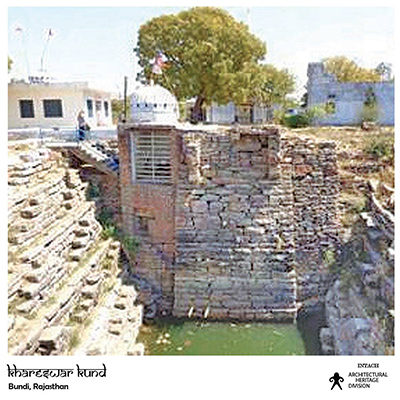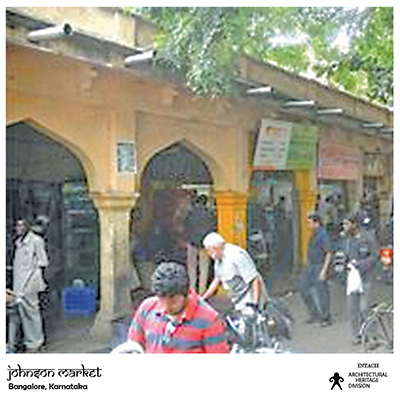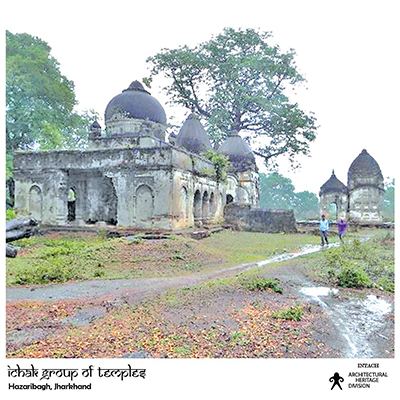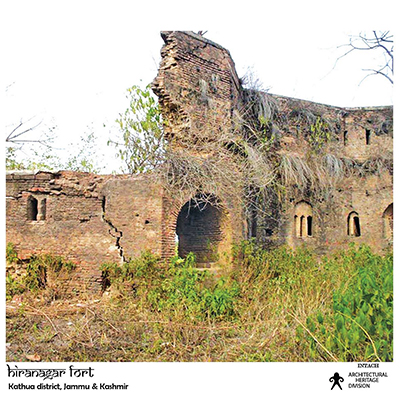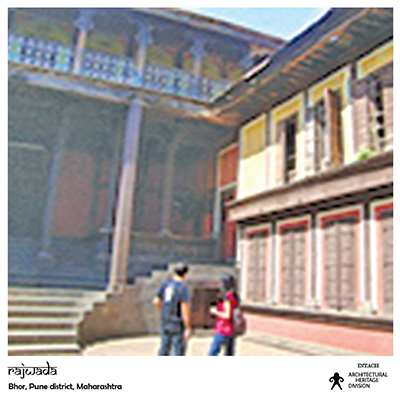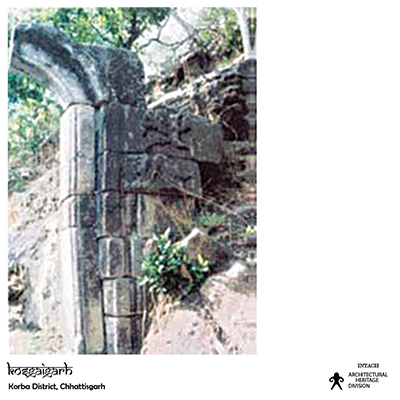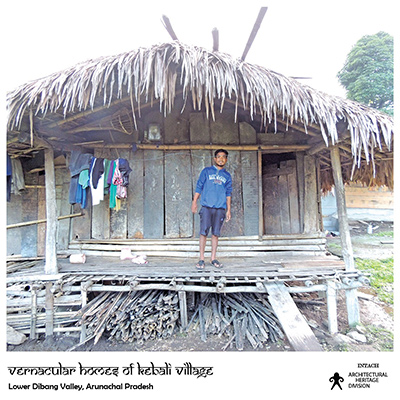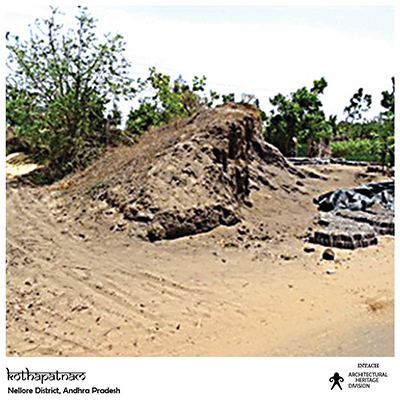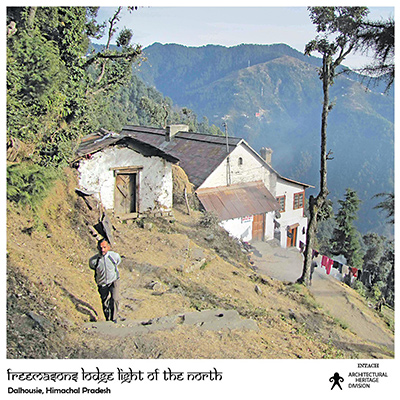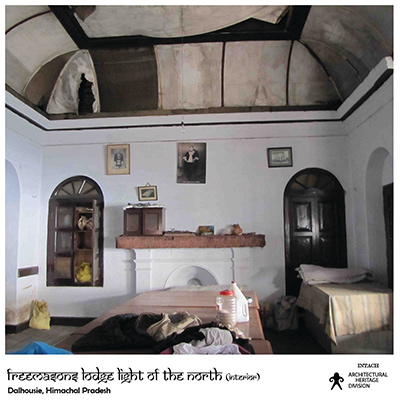H@R 52/365 Stepped Well in Doraha Ludhiana District, Punjab
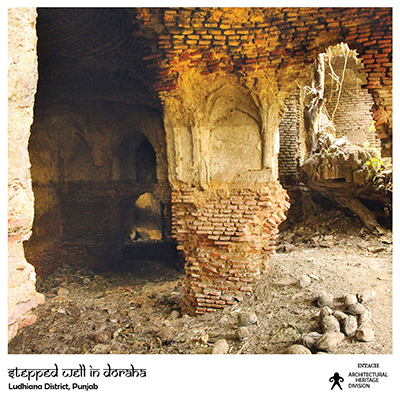
H@R 52/365
Stepped Well in Doraha Ludhiana District, Punjab
The 17th century CE Mughal era baoli is located along the Badshahi Sadak (the Imperial Highway). It is part of the cluster comprising of caravan serais, bridges, kosminars and water structures. While several serais and kosminars were accorded protection, several water structures remain unprotected, even though the typology is directly associated with the Mughal imperial highway. It is evidence of the technical advancement of the time. Three arched openings overlooking the shaft of the well cooled air for entering the chambers. The structure is under threat of disappearance. The chambers are in an advanced stage of structural decay due to heavy growth of vegetation.



